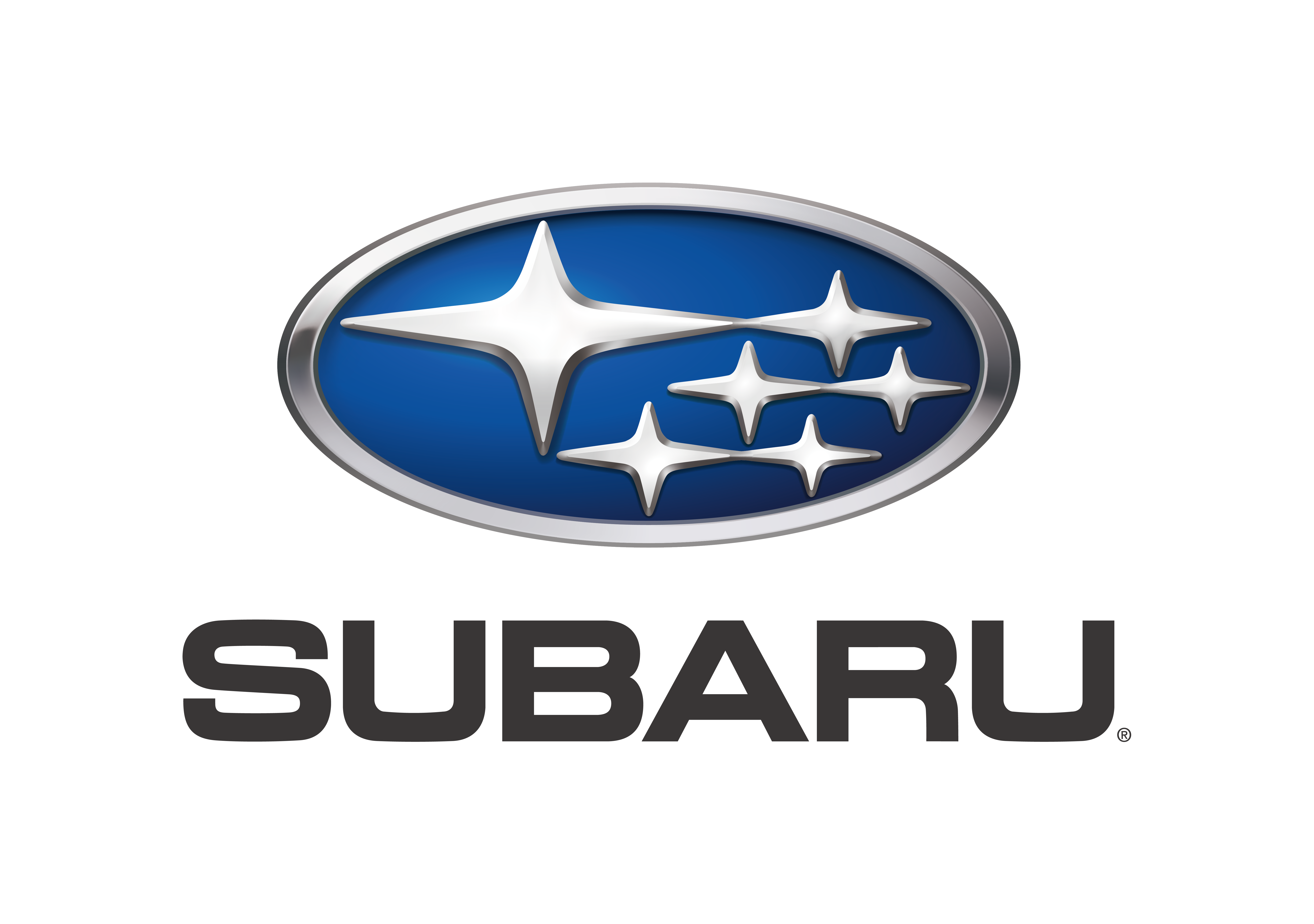Protecting the Future of Our National Parks
It’s not all sunsets and s’mores. If the parks are going to last another century, we need to renew our effort to protect and preserve them. From garbage to global warming, here are the challenges—and solutions—ahead.

Backpacker | Protecting the Future of Our National Parks
Our national parks have a big, big problem. It’s you.
More specifically, it’s the mountains of string cheese wrappers, empty fuel canisters, greasy zip-top bags, leftover salami slices, disposable water bottles, and spent batteries that you, park visitor, leave in your wake. Yes, you pack out your litter and bury your poop and then congratulate yourself for leaving no trace. But the truth is, if you’ve ever tossed so much as a Clif Bar wrapper in a trailhead trash can, you’ve contributed to a problem that’s plaguing the national parks.
As environmentalists are quick to point out, you can’t just throw something “away,” because there is no such place. Every bit of the junk that gets tossed in the bin ends up somewhere. In the best-case scenario, “somewhere” is a recycling plant or composting facility. In the worst, it’s a landfill, where trash breaks down slowly, if at all, while emitting methane, a greenhouse gas 25 times more potent than carbon dioxide.
Today, nowhere on Earth is immune from our leavings, not even our most sacred places. To wit, though national park staff and concessionaires work hard to make sure you never see the trash accumulate, they’re moving 100-million-plus pounds of refuse out of the park and into the ground every year. And the parks have limited resources, thanks to chronic underfunding, so dealing with mountains of trash takes away from other services.
It doesn’t have to be this way. Last year, the National Park Service, Subaru, and the National Parks Conservation Association joined forces in an ambitious program to rid the parks of all waste bound for the landfill. (BACKPACKER joined the effort, too, partnering with Subaru to help support the campaign.) Because the only one who can make the plan successful, saving America’s most beautiful places from this avalanche of our own making? That’s right, it’s you.
Enter Subaru, operators of the U.S.’s first zero-landfill car assembly plant: All of the Indiana factory’s waste is recycled or composted, with about 5 percent burned in a waste-to-energy power plant. After Subaru pitched the zero-landfill idea to help celebrate the NPS Centennial, they launched a pilot program in three iconic parks: Denali, Yosemite, and Grand Teton. After a year of research, the program is set to ramp up this year.
Make no mistake: Transitioning even one park to a zero-landfill model is a formidable challenge. Moving all 59 of them—which some stakeholders hope to do—is nothing short of monumental. But the NPS hopes that the lessons it’ll learn in these pilot parks (building partnerships with surrounding communities, improving infrastructure, and educating visitors) will provide a blueprint toward that goal.

